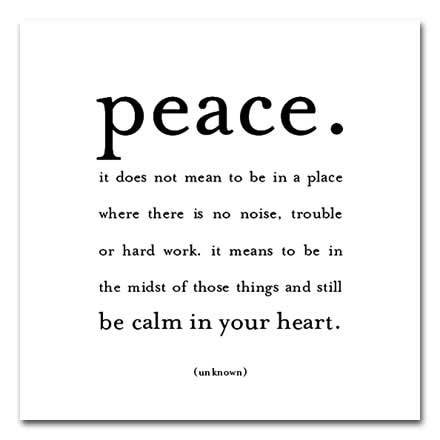Event Two: Open House at RIC
The second event I attended this semester was the 2013 open
house at Rhode Island College. This is where potential students and their families
tour the campus’s facilities and inquire about different majors. I, as well as
my other classmates, was asked to attend the event and share information about
the Youth Development major. This (I believe) was the first time that the Youth
Development major was able to join in on an open house, making it very
exciting. Because we are a new major to RIC, this was a great opportunity for
us to explain what YDEV is and why it is so important.
 Unfortunately, by the time I and a few others got to the
open house, the bulk of the students and families had already left. There were
still a few people lingering, however, they seemed to be interested in other
academic areas. This made it difficult to highlight our program to others. For
next year, I think that each youth development student should arrive at the
beginning of the open house. This way, they will be able to reach out to more people
and share their individual experiences in relation to YDEV. Additionally, we
should do more in terms of advertising and marketing in order to really spread
the word that Youth Development is here and it is here to stay! Though our
program is new to RIC, I believe that it can thrive with the proper supports
and advertising. This is just the beginning for us, and I know that we will be
moving on to bigger and better things!
Unfortunately, by the time I and a few others got to the
open house, the bulk of the students and families had already left. There were
still a few people lingering, however, they seemed to be interested in other
academic areas. This made it difficult to highlight our program to others. For
next year, I think that each youth development student should arrive at the
beginning of the open house. This way, they will be able to reach out to more people
and share their individual experiences in relation to YDEV. Additionally, we
should do more in terms of advertising and marketing in order to really spread
the word that Youth Development is here and it is here to stay! Though our
program is new to RIC, I believe that it can thrive with the proper supports
and advertising. This is just the beginning for us, and I know that we will be
moving on to bigger and better things! 
















